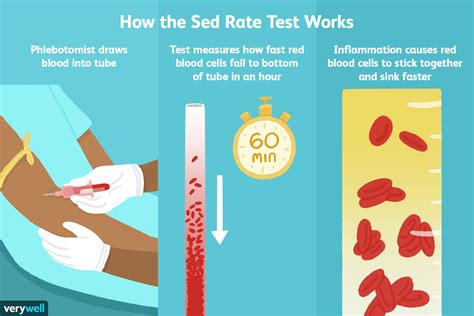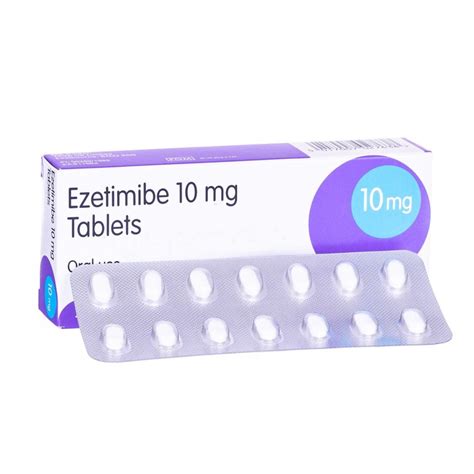The erythrocyte sedimentation rate (ESR), also known as the sed rate, is a blood test that measures how quickly erythrocytes (red blood cells) settle at the bottom of a test tube containing a blood sample. It indirectly measures how much inflammation is in the body. The principle behind this test is that inflammatory states lead to the production of acute-phase proteins, which cause red blood cells to aggregate and settle more quickly.
To perform the test, a blood sample is taken from a vein, usually on the inside of the elbow, and placed into a tall, thin tube. The tube contains an anticoagulant to prevent the blood from clotting. The blood is then left to settle for exactly one hour, after which the distance the red blood cells have traveled is measured. The result is reported in millimeters per hour (mm/hr).
The sed rate can be influenced by various factors, including age, sex, and the presence of inflammation. Generally, the higher the sed rate, the more inflammation present in the body. However, a high sed rate does not necessarily indicate the source or cause of the inflammation, and it may be elevated in a wide range of conditions, from infections and autoimmune diseases to cancers.
Understanding Sed Rate Results
- Normal Results: These vary by age and sex. For men, a normal sed rate is typically considered to be 0-15 mm/hr, while for women, it’s 0-20 mm/hr. People over 50 years of age may have slightly higher normal ranges.
- High Results: An elevated sed rate indicates the presence of inflammation but does not pinpoint the cause. It could be due to a variety of conditions, including infections, autoimmune diseases (like rheumatoid arthritis or lupus), and cancers.
- Low Results: A low sed rate usually indicates a lack of significant inflammation but can also be seen in conditions that affect red blood cell formation or function, such as polycythemia (an increase in red blood cells) and sickle cell disease.
Conditions Associated with High Sed Rates
Several conditions are associated with an elevated sed rate, including but not limited to:
- Infections: Bacterial and viral infections can cause an increase in the sed rate as the body responds with inflammation.
- Autoimmune Diseases: Conditions like rheumatoid arthritis, lupus, and inflammatory bowel disease often have elevated sed rates due to chronic inflammation.
- Cancer: Certain types of cancer, such as lymphoma, can lead to an elevated sed rate.
- Kidney Disease: Conditions like nephrotic syndrome can cause an elevated sed rate.
- Pregnancy: Sed rates can increase during pregnancy due to normal physiological changes.
Clinical Use of Sed Rate
While the sed rate is a useful marker of inflammation and can be used to monitor the activity of chronic inflammatory conditions, its nonspecific nature means it’s often used in conjunction with other diagnostic tests. For example, in patients with rheumatoid arthritis, a decrease in the sed rate may indicate improvement with treatment.
In clinical practice, the sed rate is an inexpensive, widely available test that provides valuable information about the presence and severity of inflammation. However, interpreting the results requires consideration of the patient’s overall clinical picture, as many factors can influence the sed rate, and not all elevations are due to significant disease.
What does a high sed rate indicate?
+A high sed rate typically indicates the presence of inflammation in the body but does not specify the cause. It could be due to infections, autoimmune diseases, cancers, or other conditions.
How is the sed rate test performed?
+The test involves taking a blood sample, which is then placed in a test tube with an anticoagulant. The sample is left to stand for one hour, after which the distance the red blood cells have settled is measured.
What are normal sed rate values?
+Normal values vary by age and sex. For men, it's typically 0-15 mm/hr, and for women, it's 0-20 mm/hr. These values can slightly increase with age.
In conclusion, the sed rate is a valuable diagnostic tool that helps clinicians assess the level of inflammation in the body. While it does not diagnose specific conditions, it provides crucial information that, when combined with other tests and clinical evaluation, can aid in understanding and managing various diseases. Its simplicity, low cost, and widespread availability make it a first-line test in many clinical scenarios.



